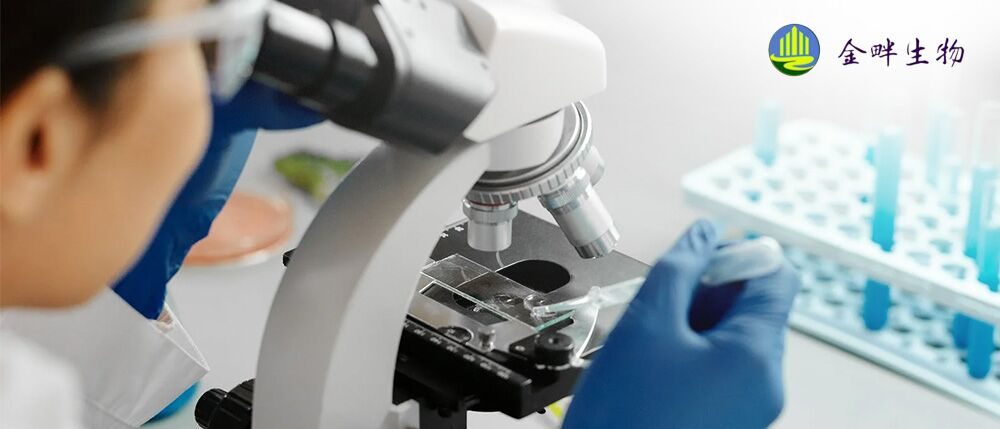Hampton PEG/Ion • PEG/Ion 2 • PEG/Ion HT
Crystallization Screens > PEG/Ion • PEG/Ion 2 > PEG/Ion • PEG/Ion 2 • PEG/Ion HT
Applications
Primary or secondary, polymer, salt and pH matrix crystallization screen for biological macromolecules
Features
| Developed at Hampton Research |
| PEG/Ion is a sparse matrix profile of anions and cations in the presence of monodisperse Polyethylene glycol 3,350 over pH 4.5 – 9.2 |
| PEG/Ion 2 screens a complete profile of titrated organic acids at varying pH levels (3.7 – 8.8) in the presence of monodisperse PEG 3,350 |
| PEG/Ion HT combines PEG/Ion and PEG/Ion 2 in a single 96 Deep Well block |
PEG/Ion, developed by Hampton Research, is a crystallization screen designed to evaluate monodisperse, high purity Polyethylene glycol 3,350 and 48 unique salts representing a very complete range of anions and cations frequently used in the crystallization of biological macromolecules. The primary screening variables are PEG, ion type, ionic strength, and pH. More than 60% of the published crystallizations utilized PEG as a primary crystallization reagent and in approximately 50% of those reports, the PEG was combined with an ion as a secondary crystallization reagent. PEG/Ion reagents are formulated without a buffer and are not pH titrated.
PEG/Ion 2 is an extension to the fundamental crystallization strategy in PEG/Ion. PEG/Ion 2 reagents cover the monodisperse, high purity Polyethylene glycol 3,350 and an array of neutralized and pH adjusted organic acids, multivalent ions, a novel Citrate BIS-TRIS propane buffer system and pH (4 – 8.8). The formulation of PEG/Ion 2 was developed at Hampton Research. Each of the 48 reagents in PEG/Ion 2 contains PEG 3,350 as the polymer (precipitant). The concentration of PEG is varied from 12% w/v to 20% w/v depending upon the type and concentration of buffer/salt paired with the polymer. Thirteen of the forty-eight PEG/Ion 2 reagents contain a separate buffer component. The remaining PEG/Ion 2 reagents are buffered by the titrated organic acid salt. Six of these thirteen conditions feature a novel Citric acid BIS-TRIS propane (CBTP) buffer. The CBTP buffer uses Citric acid and BIS-TRIS propane as the acid base pair to create a two component buffer system effective across pH 2.5 to 9.5. The ratio of Citric acid to BIS-TRIS propane determines the solution pH. Thirty-five of the forty-eight PEG/Ion 2 reagents contain a neutralized or pH adjusted organic acid in the presence of the polymer. Neutralized organic acids are highly effective crystallization salts.1 Four PEG/Ion 2 reagents feature polyvalent cations. Two of these reagents contain cation mixes, saving sample by screening six different cations with only two reagents. Tryptone, a casein digest combinatorial library of peptides, is included in PEG/Ion 2. PEG/Ion 2 reagents 1-30, 42, 45-47 are formulated without a buffer and are not pH titrated.
PEG/Ion contains 48 unique reagents, 10 ml each.
PEG/Ion 2 contains 48 unique reagents, 10 ml each.
PEG/Ion HT contains 1 ml of each reagent from PEG/Ion and PEG/Ion 2 in a single Deep Well block format.
Ready-to-use reagents are sterile filtered and formulated with ultra-pure Type 1 water, using the highest purity salts, polymers, organics and buffers. Individual reagents are available through the Hampton Research Custom Shop.
Crystals of Peptidoglycan Recognition Protein (PGRP) from camel milk grown using the Hampton Research PEG/Ion screen. Sharma, P., Singh, N., Sinha, M., Sharma, S., Perbandt, M., Betzel, C., Kaur, P., Srinivasan, A. & Singh, T.P. All India Institute of Medical Sciences, Department of Biophysics, New Delhi, India.
| HR2-126 | PEG/Ion Screen | 10 ml, tube format |
| HR2-098 | PEG/Ion 2 Screen | 10 ml, tube format |
| HR2-139 | PEG/Ion HT | 1 ml, Deep Well block format |
